
Entering a new era, many goals are set for Vietnam's higher education . Specifically, by 2030, Vietnam will have at least one higher education institution among the world's top 100 in a number of fields.
At the same time, increase the rate of postgraduate enrollment to about 30% (of which about 40% are doctoral students), and increase the proportion of university revenue from research and technology transfer activities to at least 35%...
Despite many investment policies, experts say that higher education, including the tasks of scientific research, technology, research and development (R&D), and innovation, is currently facing many challenges that need to be overcome soon.

According to Ms. Tran Thi Anh Nguyet, an education economist at the World Bank in Vietnam, the shortage of postgraduates and research talent is a serious bottleneck. Currently, only about 1/3 of university lecturers have a doctorate, much lower than the 100% rate of doctorates at leading universities in Asia.
In addition, due to the large teaching volume and limited research funding, lecturers have little motivation or time to update their teaching programs and conduct scientific research. Many lecturers also lack exposure to business practices and international research, missing out on opportunities to improve their expertise.
Ms. Tran Thi Anh Nguyet also said that Vietnam's university education infrastructure has not kept up with the requirements of modern teaching and research. Many laboratories are outdated, and equipment is lacking in many teaching programs and scientific research.
At some universities, multiple students are forced to share the same set of laboratory equipment, reflecting a serious lack of basic teaching tools. Access to digital infrastructure (high-speed networks, computing resources, online libraries) is also limited, hindering both learning and research collaboration.

Experts also stressed that Vietnam lacks shared national-level research and development facilities where advanced experiments and pilot production can be conducted.
Currently, even the country's leading researchers and scientists hardly have access to world-class laboratories to manufacture and test semiconductor chips or conduct biotechnology experiments in a biosafe environment.
Currently, even the country's leading researchers and scientists hardly have access to world-class laboratories to manufacture and test semiconductor chips or conduct biotechnology experiments in a biosafe environment.
This gap means that many promising ideas often cannot be tested and scaled, and this hinders university-industry collaboration.
Without significant upgrades to physical and digital infrastructure, Vietnam's goal of building a world-class research and training environment will remain elusive.
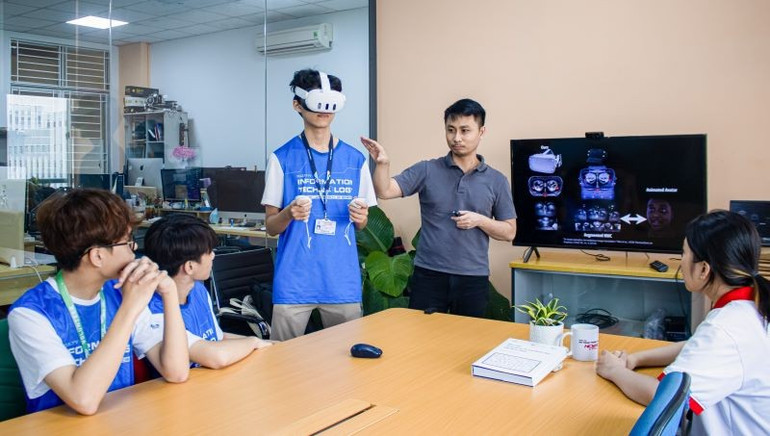
To elevate Vietnamese higher education to integrate into global higher education, Dr. Doan Ngoc Xuan, Principal of Thu Dau Mot University (Ho Chi Minh City) said that, from the goals of building Vietnam into a developed country in the coming time, Vietnamese higher education needs to integrate into global higher education in the context of the era of rising up with the nation.
It is necessary to focus resources on developing universities with higher quality, more specialized training programs, and deeper international integration in training programs and improving the quality of teaching staff.
Dr. Doan Ngoc Xuan, Principal of Thu Dau Mot University
To do this, Dr. Doan Ngoc Xuan proposed, it is necessary to focus resources on developing universities with higher quality, more specialized and deeply international integration in training programs, and improving the quality of the teaching staff.
Focus on attracting, training and implementing appropriate remuneration policies for lecturers and scientists; promote the implementation of the policy of making English the second language; State investment resources need to be focused on a number of key focal points instead of spreading and ineffective investment.
At the same time, it is necessary to restructure the university system in a more effective direction, towards multidisciplinary, interdisciplinary and comprehensive training, bringing overall value to learners, to society and to the goal of national economic development.

Promote internationalization, link high-quality international programs, and expand cooperation with organizations and countries, striving to bring some educational institutions into the world's leading group.
Meanwhile, the World Bank has proposed a comprehensive strategic reform and investment package for the 2025-2030 period in Vietnam’s higher education sector. The proposed measures are very large in scale, estimated to require a total budget of about 12-17 billion USD over 5 years, but this investment level (equivalent to about 2.5% of Vietnam’s GDP in a year, gradually allocated from 2026-2030) is still modest compared to regional standards.
This scale is commensurate with the strategic importance of higher education and the significant benefits expected to be achieved in terms of high-skilled employment, innovation and economic growth.
The plan could allocate about 60% of the funding to fixed asset investments (modern facilities, laboratories, centers of excellence and digital infrastructure upgrades) and 40% to regular programs such as scholarships, research grants and operating costs.
The initial phase will focus on building infrastructure, while program funding (human resource development and research activities) will be maintained annually.

Ms. Tran Thi Anh Nguyet believes that through reforming the budget allocation mechanism, developing human resources, upgrading research and development infrastructure, and attracting the participation of the private sector, Vietnam will create a favorable development cycle in which the quality of education is improved, research and development and innovation are promoted, and contribute more to economic development.
The strategy is a decisive investment in Vietnam’s future: building a world-class higher education system that will serve as a driving force for innovation, competitiveness, and sustainable growth for decades to come.
Source: https://nhandan.vn/nang-tam-chat-luong-dai-hoc-hoi-nhap-giao-duc-toan-cau-post921004.html




![[Photo] Prime Minister Pham Minh Chinh receives the delegation of the Semiconductor Manufacturing International (SEMI)](https://vphoto.vietnam.vn/thumb/1200x675/vietnam/resource/IMAGE/2025/11/06/1762434628831_dsc-0219-jpg.webp)
![[Photo] Closing of the 14th Conference of the 13th Party Central Committee](https://vphoto.vietnam.vn/thumb/1200x675/vietnam/resource/IMAGE/2025/11/06/1762404919012_a1-bnd-5975-5183-jpg.webp)







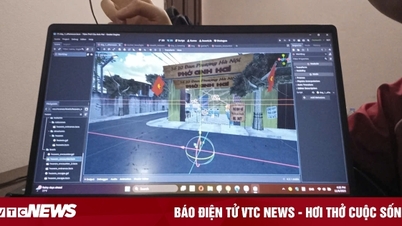

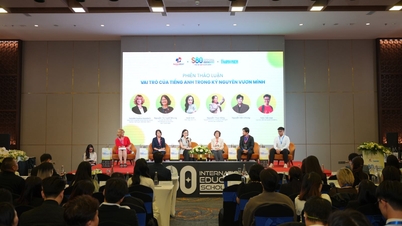






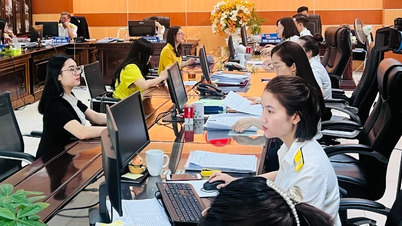

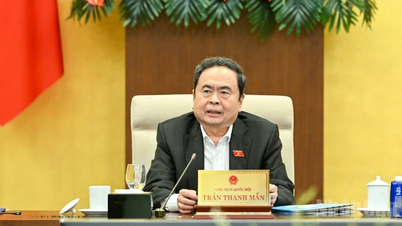
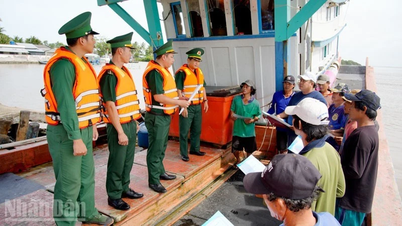

![[Video] The third National Press Award "For the cause of developing Vietnamese culture"](https://vphoto.vietnam.vn/thumb/402x226/vietnam/resource/IMAGE/2025/11/06/1762444834490_giai-bao-chi-vh-3937-jpg.webp)





































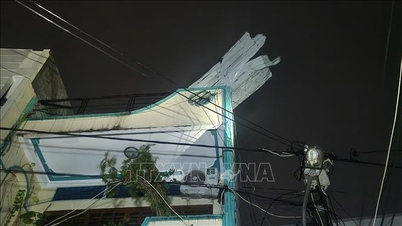
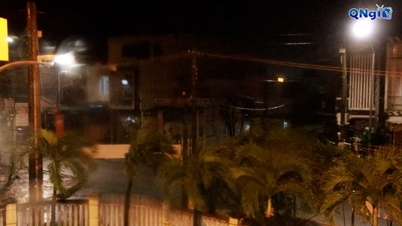



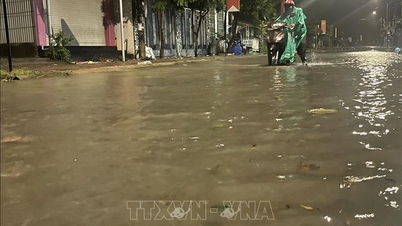





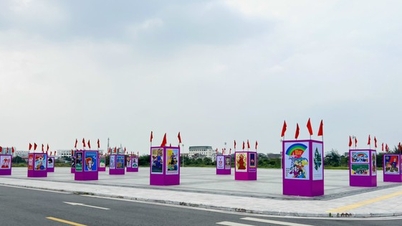






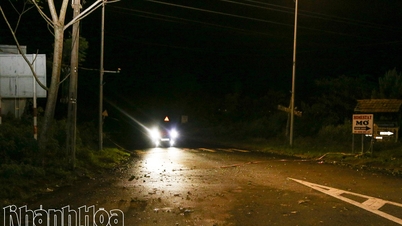

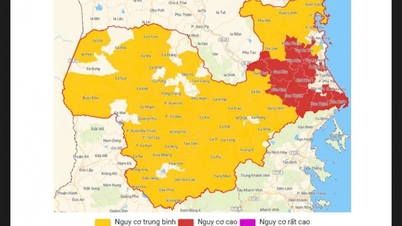



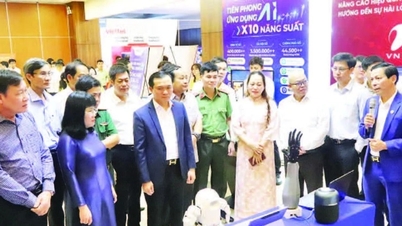

















Comment (0)